This Florida Design Team Flourishes With a Warm Approach
Personal touches are paramount for Andrea and Rik Fava. Learn why — and discover their other strategies for success

Known for its balmy weather and abundant theme parks, Central Florida is also the birthplace of Motivo Home, a thriving interior design firm with a “luxury meets practicality” philosophy. Owner and lead designer Andrea Fava and her husband, Rik, have worked with the likes of model-actor Kate Upton, and can point to nine Best of Houzz awards and many rave reviews for their design work. Here they share their thoughts on learning the business, collaborating well with clients and managing projects smoothly.
A Family Matter
With an interior designer for a grandmother, Andrea had a natural affinity and love for the industry. Seminole State College design degree in hand and a husband and kids at home, about a decade ago she “started doing one job here, one job there,” she says. “And a few years later, it just expanded to the point where Rik needed to leave his career and come on and help me grow the business and create something together.”
“Five years ago now, I decided to make the move to full-time, supporting the business,” says Rik, who was previously in commercial real estate and is a licensed contractor. For Motivo Home, he handles “business operations, back office and finances, overseeing contracting work, ultimate client satisfaction” he says.
Minding Their Business
Like many other designers, Andrea wasn’t quite prepared for all the business aspects of designing. “When I was getting started, I really imagined that I would be out shopping and having lunches with clients, because I feel like that’s what I remembered my grandmother doing,” she says. “Then you start a business and you’re like, ‘OK, taxes; there’s the purchasing.’ There’s all the business side behind the pretty…..and they don’t really teach you that much about the back end in school.”
Rik adds that the back end “is significantly more complicated, complex, and difficult to navigate compared to what one would maybe expect coming out of school, or even with one or two years of experience, and there’s so much behind the curtains, that is challenging.”
But navigate it they did — so well, in fact, that the couple expanded their Central Florida business into South Florida about three years ago. “We saw a lot of potential in South Florida,” Andrea says. “We had family down here, and we had been getting a few job inquiries about new projects. We decided to take the risk and expand our business.” Now a great team anchors the Central Florida business, and Andrea and Rik “take turns going up there, checking on jobs and meeting with clients,” Andrea says. “I would say our projects are about 50/50 in both areas.”
Handling Everyday Hurdles
Having to tackle the myriad business aspects of a design firm can be particularly challenging for creative-minded people. “One of the biggest challenges is not truly getting to just do the interior design part a lot,” Andrea says. “I spend so much of my time dealing with problems that happen on every project, back orders, damages, being the liaison between trades and clients.”
“That’s a full-time job,” Rik adds, noting that there’s “much complexity behind how many things can go wrong in our industry. You buy a $50 candle and there’s colors, there’s sizes, there’s odors and smells and perfumes, and there’s so many things that could come in wrong, that could come in broken or end up backordered.… It’s time-consuming, and it’s an aspect of the business that not many clients really understand.”
To make the complexity manageable and help free up time for doing more of what they love about designing, Andrea and Rik use Houzz Pro software. They find certain features particularly handy: “the purchase orders, proposals and invoices,” Rik says, “and the syncing with other accounting platforms also is life-saving. Back in the day, having to switch to one software from another and having to go backward and forward was a complete nightmare.”
He adds that “Houzz Pro has been a real game changer. You can’t buy more time in the day, and something like that allows us to have more time in the day to be able to focus on what we’re supposed to be doing — our design business — rather than wasting time chasing things or not having things work properly.”
“I think one of my new favorite features would be the messages,” Andrea says. “If a client sends a message through their portal, the whole team sees it. I don’t need to worry about forwarding emails or CC-ing somebody. Anybody can log on and get a holistic view of the project by going through the messages that were sent to everybody.”
The software is even part of their sales pitch. They “sell it at the beginning and make it definitely a bonus part of working with us,” Andrea says, adding that she tells prospective clients, “You’re going to get a personalized portal, and it is going to be available to you 24/7.” And the use of the software platform is written into client agreements.
Getting Personal…
Andrea and Rik focus as much on the people as on the projects themselves, leading to warm relationships and more fitting designs. “I think my favorite part is getting to know people,” Andrea says. “Truly, the designs that we do come to life, the better we know the client. When you connect and create a friendship and a special bond, that is my most favorite part of interior design.”
How do they keep that goodwill flowing at a time when pandemic-related volatility is rocking the industry? To start, Rik says they developed a presentation package to mitigate client anxiety upfront. “We use it to set the guidelines in writing,” he says, as well as say things like, “‘We are on your team. We’re here to execute something that we see as a vision for your property and help you turn your house into a home. All of these things can go wrong, but the best thing that we can do is be fully transparent and work through it to find a solution.”
“We have learned over time to be very, very, very clear from the beginning, so it’s managing the expectations ahead of time and almost making it worse than it hopefully will be,” Andrea says. “You know what I mean? ‘Here’s all the things that could go wrong. This couch probably has a 30-week lead time,’ and then when it comes in at 26, it’s a lot better. It’s underpromising [and] overdelivering, so you can make them happier that way rather than always sharing bad news.”
And when issues do arise, Andrea prefers to relay the news by phone. “I think hearing someone’s voice — the way that they express their frustration or the way that they hear us express our concern for the matter — really goes a long way when you’re speaking to someone,” she says. “If it can’t be face to face, a phone is definitely the way to go. Emails are great for having things in writing, but I think these people are trusting us with a lot of money, with their home, which is the most personal thing that you have — your safe space. We really need to give them that attention on a one-to-one, very personal basis.”
…But Setting Good Boundaries
As approachable as Andrea and Rik are, they also are parents and understand the importance of work-life balance, and gently make sure clients respect their time boundaries. “I think clients need to be almost coached into understanding that calls need to be scheduled and that text messages, if you want to engage in texting with your clients, are between certain hours,” Andrea says. “We have put ourselves in situations where we’ll start texting the clients, but then they think they can text us at 11 o’clock at night or, say, six in the morning. So I think from a professionalism standpoint, you need to set your standards at the beginning.”
How does she set those standards? “We will communicate via phone for scheduled calls,” she says. “We will text, but between business hours , or what I try to do is if I get those texts after hours, I don’t answer, so I show them. And then I answer at nine o’clock in the morning, or whenever possible between business hours. I think once you start repeatedly showing them how you operate, they are able to fall in line.”
During business hours, they strive to be available no matter how busy the day is. “We open our door and always try to answer the phone, even if our day is jam-packed with meetings and back-to-back calls,” Rik says. “We just think it’s important.”
With an online store in the works, Andrea and Rik might be busier than ever this year. But they plan to balance that out by choosing clients more selectively. “We’ve been blessed with the fact that we’re able to be a little bit more picky with the clients we work with. Our Clients are interviewing us as much as we are interviewing them.” Rik says.
And they can rely on Houzz Pro to support any new business ventures. For those not on the platform yet, Andrea says: “It’s going to change your business to have everything in one spot…. The very first time, it’s scary, because you’re like, ‘I’ve been doing it one way for so long,’ but once you get integrated, it makes your day-to-day business life so much easier.”
Want to learn more? Click here to hear Andrea discuss how she grew her business to service new locations.

Want advice delivered to your inbox?
Unlock industry insights and updates for contractors and design pros
By signing up, I agree to the Houzz Terms of Use and Privacy Policy and that Houzz may use my information to contact me about relevant content, products, and services.

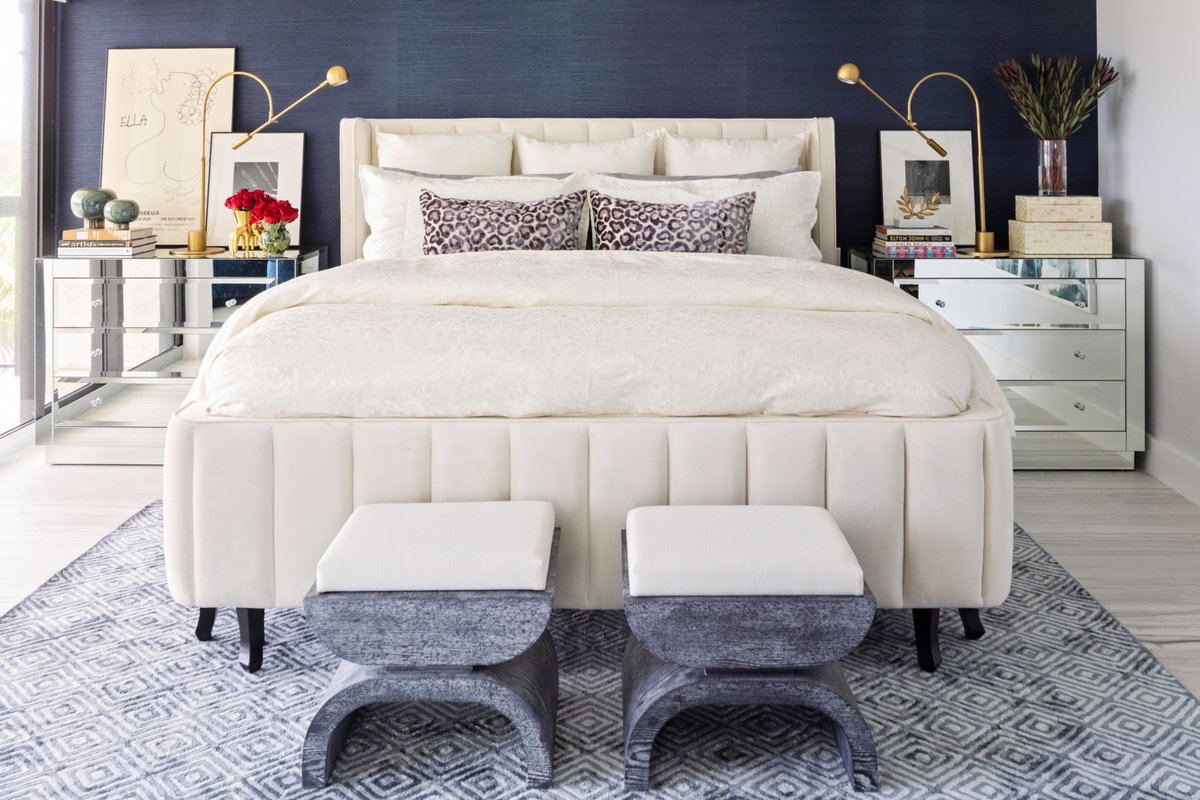
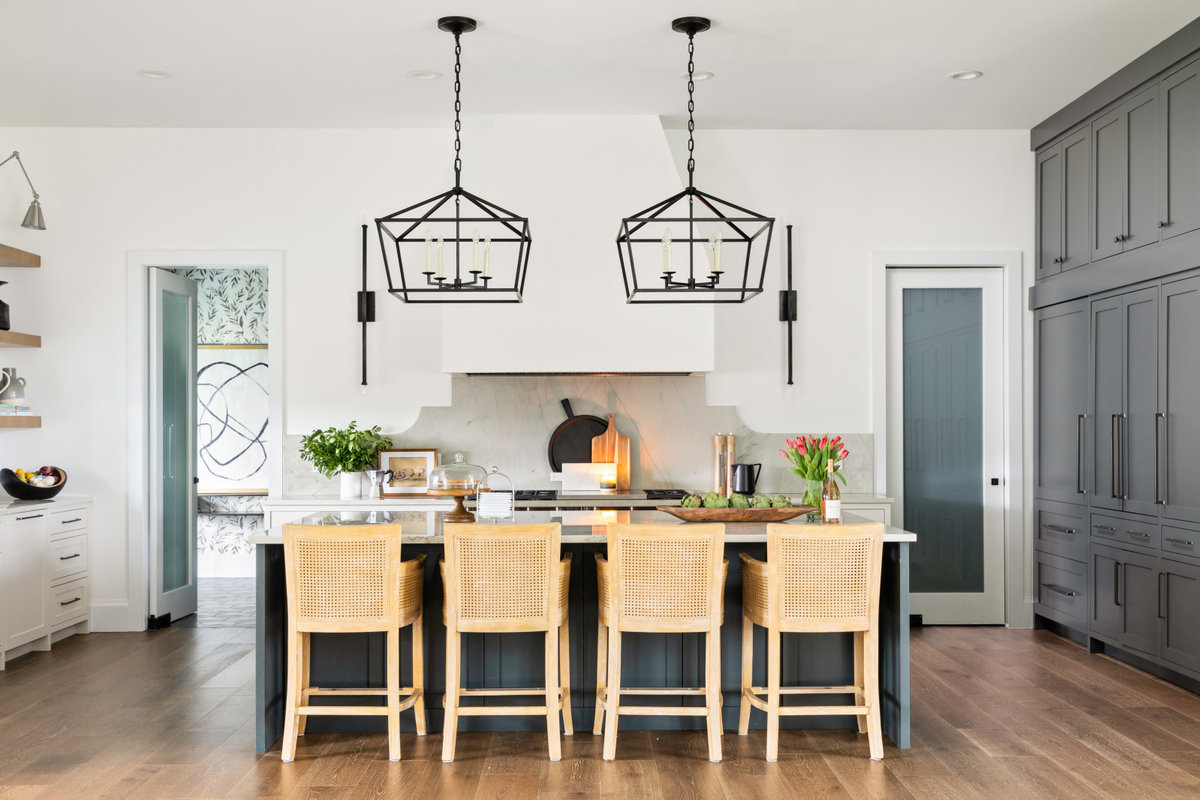
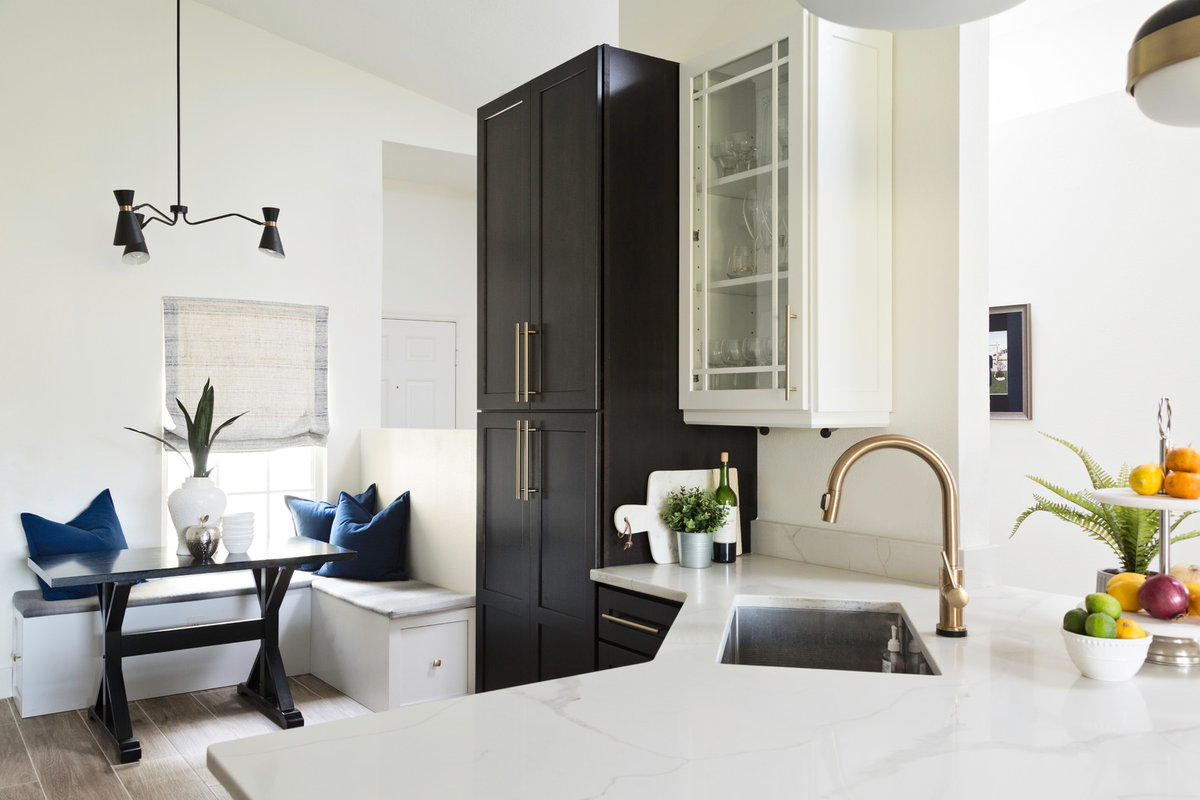
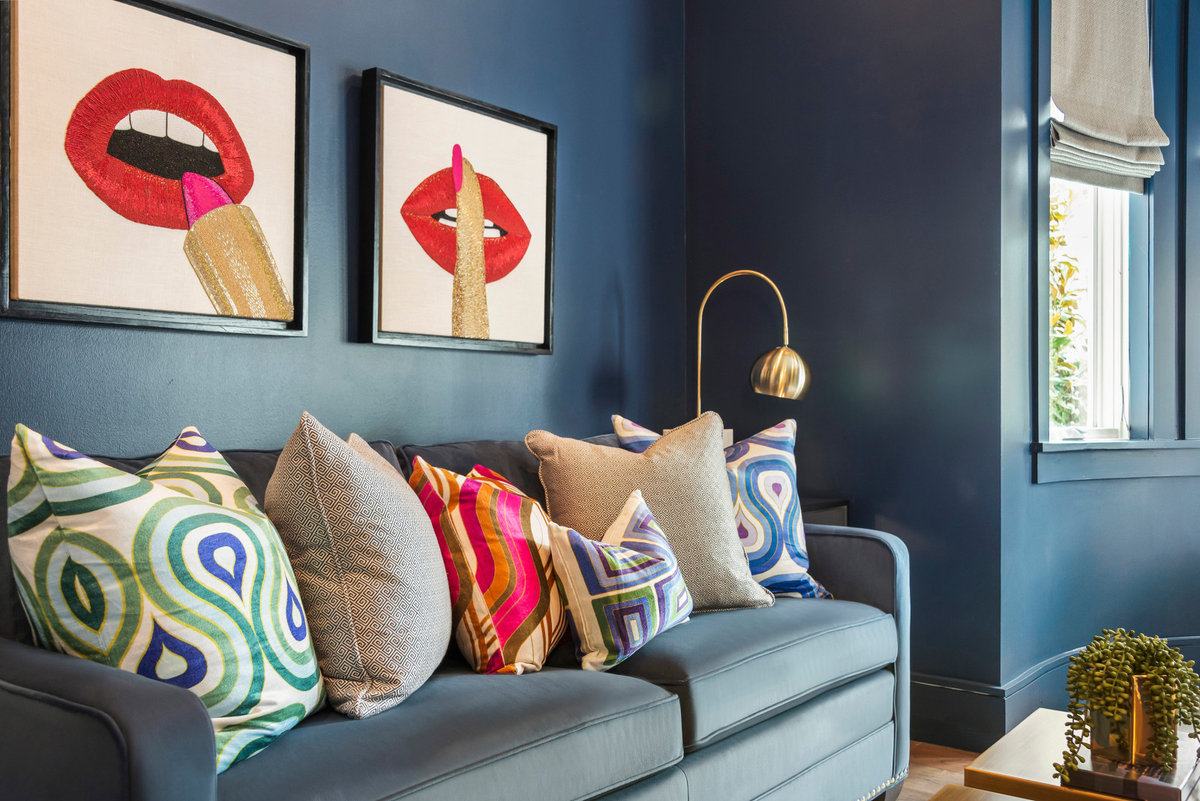
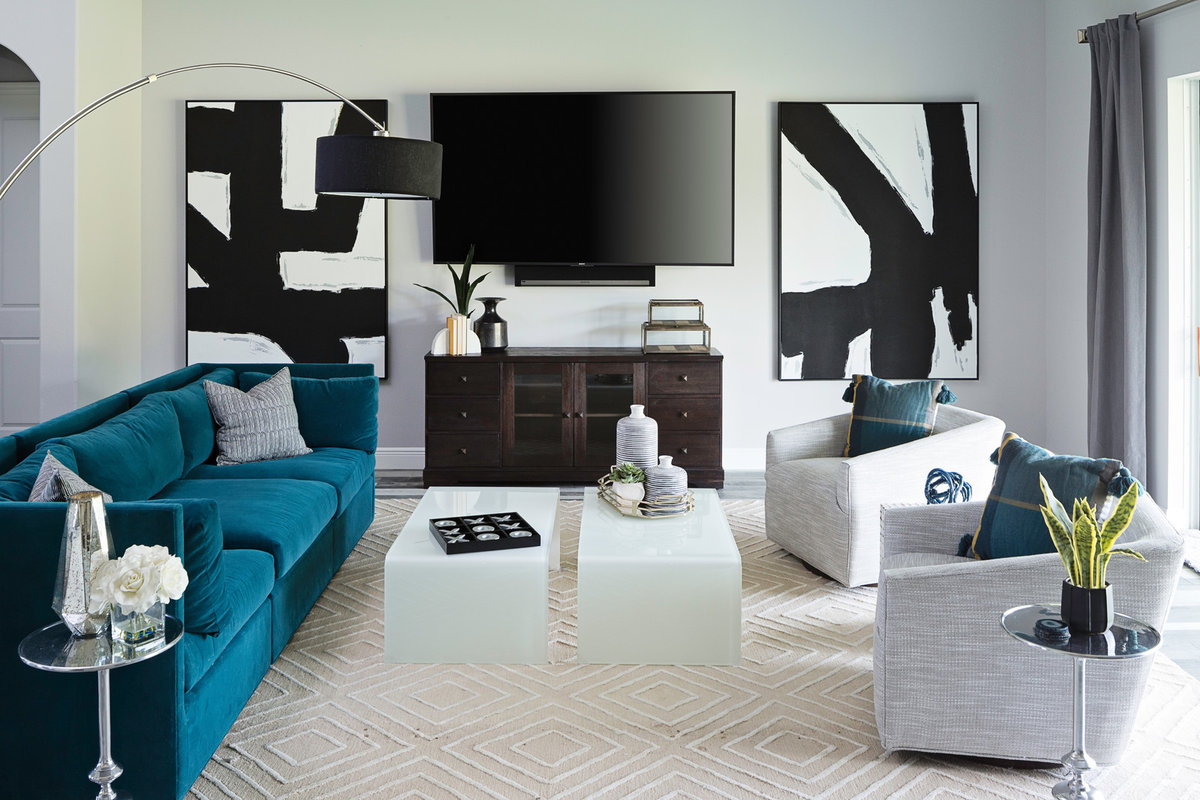

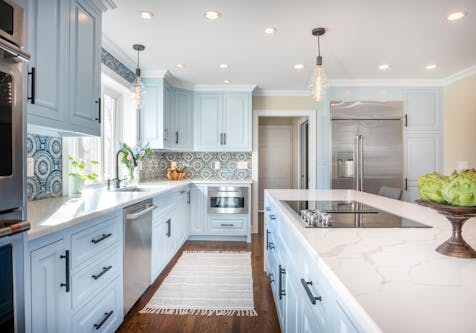
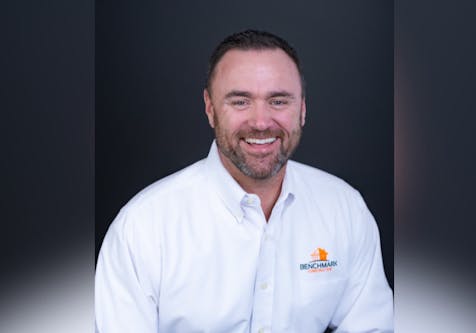
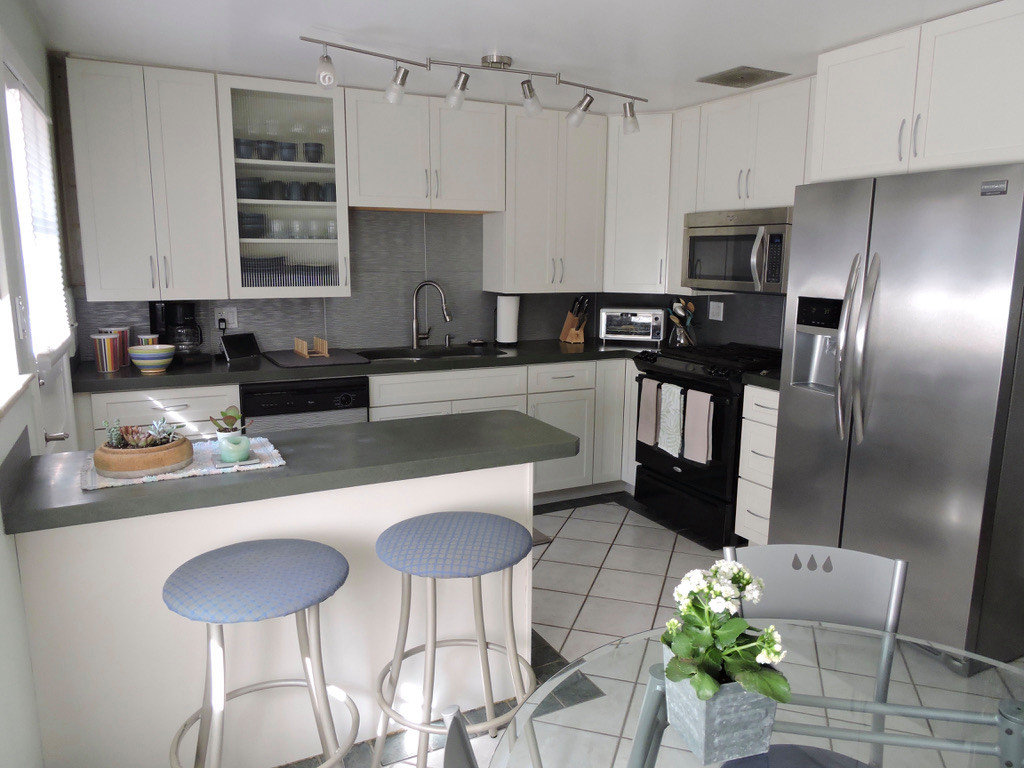
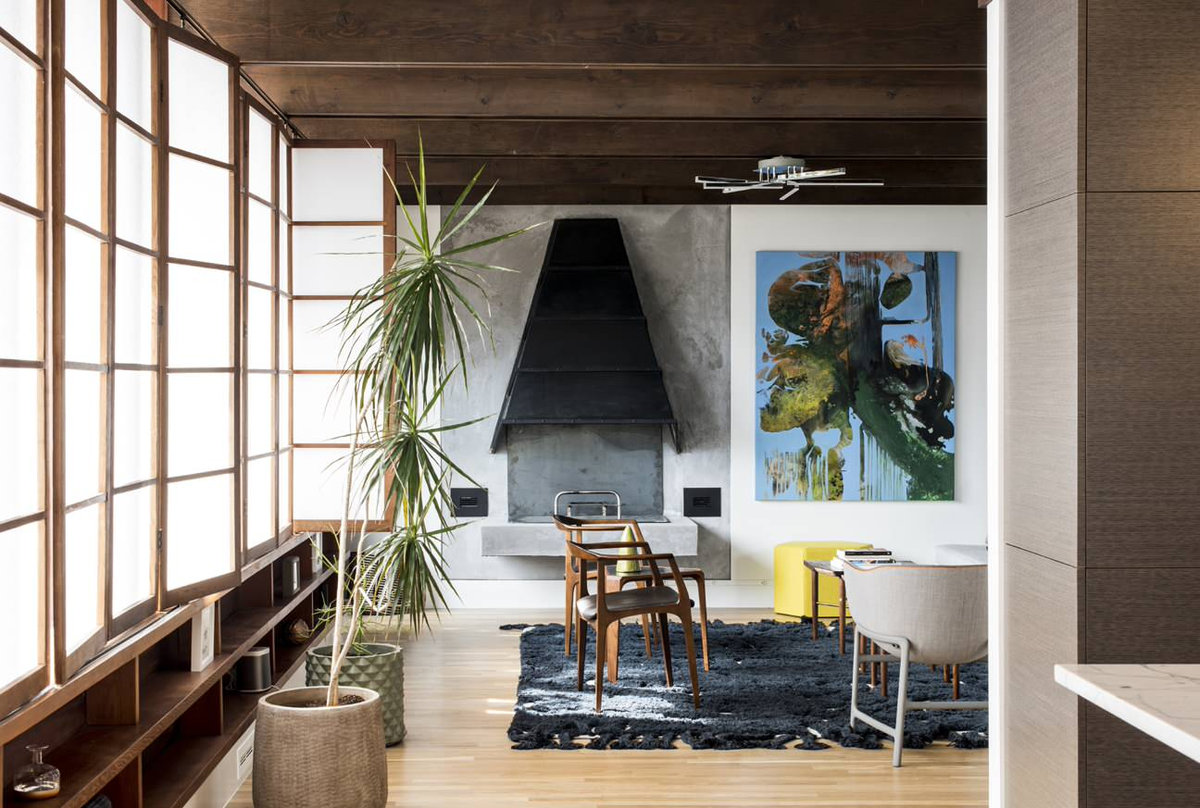




Join the conversation by commenting or asking a question below. The Houzz team reads every single comment, and we’ll get back to you by email if you need us!